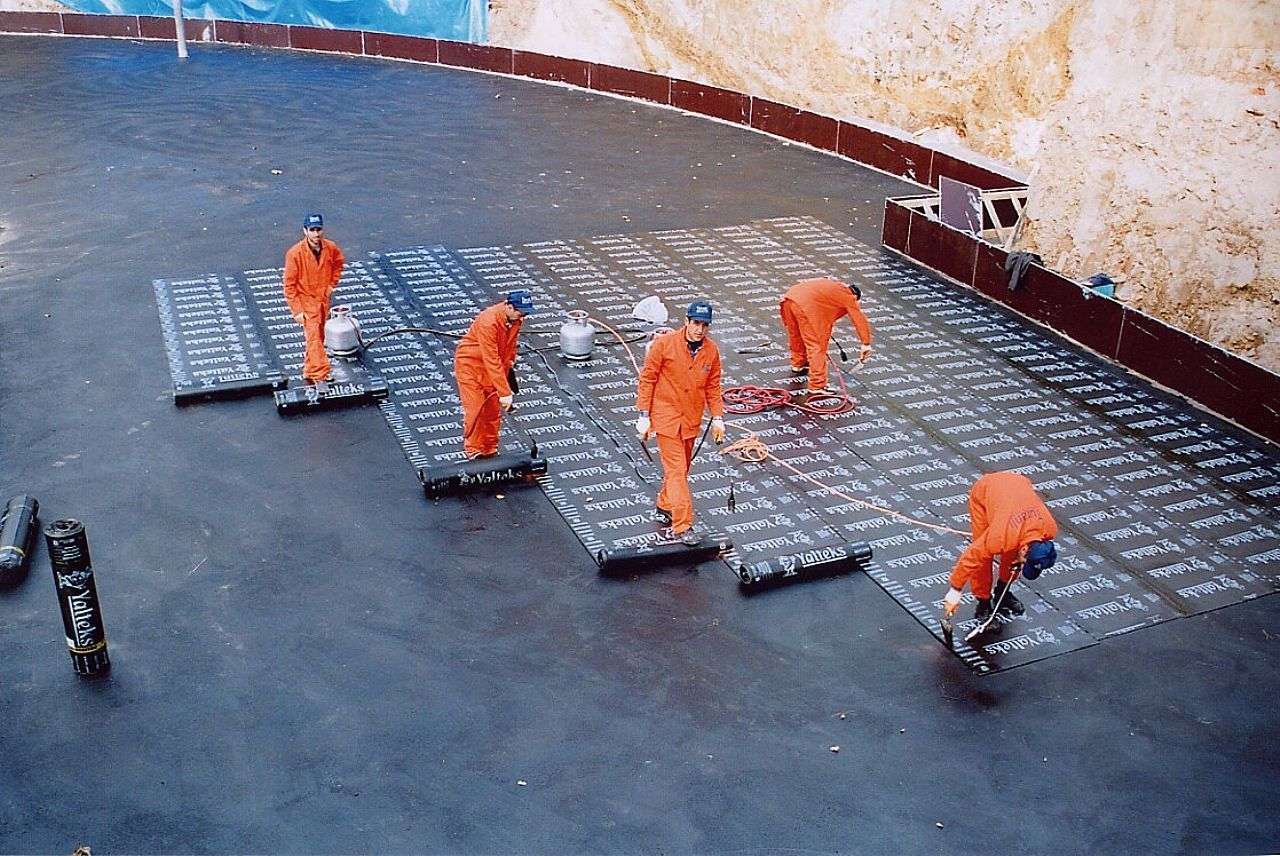
INSULATION & INSULATION APPLICATION
INSULATION & INSULATION APPLICATION

TECHNICAL DATA SHEET
With insulation applications, we can reduce both the heating and cooling costs of the houses and the greenhouse gas emissions. Insulation applications, which are the assurance of healthy, comfortable and safe houses, enable us to protect our sustainable future.
Insulation houses are the sum of the activities carried out to regulate and control physical effects such as heat, water, sound transmission, water vapor diffusion and fire.
Exterior Thermal Insulation: Heat losses from the exterior walls of the buildings vary according to the height of the building. The larger the surface, the higher the heat loss. Heat losses due to exterior walls occur around 40% in multi-storey houses and 25% in single-storey houses. The place of thermal insulation is the outer surface of the place where it is tried to be heated or cooled. Thermal insulation should be done on the exterior in order to prevent thermal stresses and to benefit from the heat storage feature of the building elements. Thus, the formation of heat leaks is prevented. Exterior thermal insulation, which is finished with the right materials and workmanship, also fulfills the task of waterproofing. Applications without heat leaks save 50-60% fuel and make a significant contribution to the family economy.
Roof Insulation: Thermal insulation applications on roofs where 25% of the total heat loss is experienced in residences depend on factors such as the characteristics of the roof and the purpose of use. Insulation is an important parameter in order to control the indoor and outdoor physical conditions of the roof, as a building envelope element. The main factors that need to be insulated on roofs can be listed as water/steam, heat, light/radiation and sound.
Window Insulation: Today, windows serve as a transparent building element. Windows in Turkey are generally used as single-glazed windows. In recent years, the use of double-glazed windows has become widespread, and insulating glasses have begun to be used. If the heat loss is 100 in single-glazed windows, it decreases to 50 in double-glazed windows and up to 25 in reflective insulating glasses.
Sound Insulation: Reducing the sounds emanating from the sound source to acceptable limits in terms of human health and comfort, reducing the effect time. Noise control, which is defined as the elimination of objectionable effects by passive and active methods such as removing it by changing its acoustic quality or masking it with an acceptable sound, can be carried out in a system whose components are source, environment and user. The process of taking precautions in the building elements during the building design is sometimes not enough on its own, but forms a part of the system. However, correct sound insulation is of great importance both in terms of performance and economic aspects.
Installation Insulation: The importance of mechanical installation insulation is too great to be ignored in reducing the energy consumed for heating or cooling a building. Especially if the parts of the heating and cooling installations of the buildings that pass through the places that do not need to be heated and cooled, and the valves and armatures in these sections are insulated, the energy savings to be achieved are at very important levels. For this reason, pipes, tanks, tanks, air conditioning ducts, valves and armatures that make up the mechanical installation must be insulated with insulation materials of appropriate thickness and with appropriate properties depending on whether the fluid passing through is hot or cold.
Fire Insulation: Fire insulation can be defined as a solution that will prevent fire or cause no damage to the structure. In order to reduce the fire hazard as much as possible and to respond to the fire quickly, the buildings should be considered during the design period and these precautions should be applied meticulously during the building construction phase.
